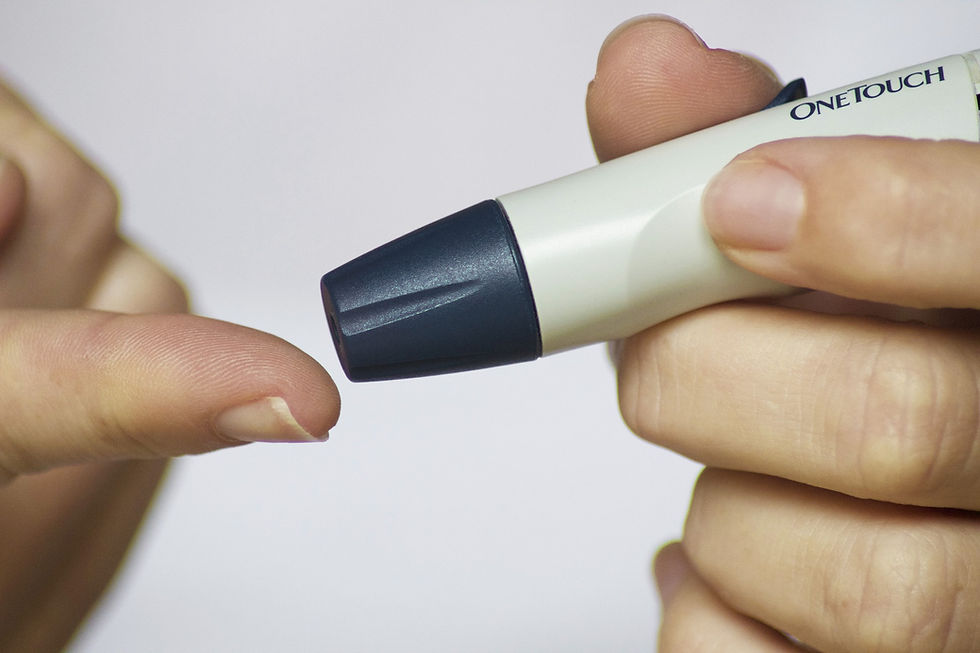In this section Cypress Foot and Ankle specialist Dr. Christopher Correa provides tips for Diabetic foot care. For more information on diabetic foot complications click here. Diabetes is a complex metabolic disease that leads to reduce capacity of a person to control the level of their blood sugar. Due to an elevated average blood sugar multiple systems are negatively impacted including the feet. The overriding mantra of diabetic foot care is prevention of complications. This includes tight sugar control, daily monitoring of your feet and developing a relationship with a podiatrist to make sure any issues are addressed promptly and appropriately. Below are some suggestions for daily diabetic foot maintenance.

“In diabetic foot care, small problems require small fixes; big problems require big fixes.”
At the end of each day when you remove your socks and shoes examine your feet for possible areas of irritation or injury. If you have difficulty examining the bottom of your feet, ask someone to help or place a mirror on the floor and hover your foot above it.
If your skin is dry and scaly apply moisturizing cream or lotion as often as necessary to keep it hydrated.
If your toes overlap or rub together causing redness or irritation, separate them using a spacer. DO NOT use cotton balls.
If your feet perspire, wear cotton socks and apply foot powder between your toes and in your socks and shoes.
Before putting on your shoes inspect the inside for foreign objects (pebbles, pet hair etc.) and remove them.
DO NOT go barefoot, even at home. DO NOT wear house slippers when doing housework or leaving home.
Wear shoes made of soft leather with a large toe box that fit properly and conform to the shape of your foot.
Do not use tobacco of any type. The combination of tobacco and diabetes accelerates arterial disease which leads to ulceration, infection, and amputation.
Consult your podiatrist if you notice redness, swelling, blistering, abrasions of the skin, pain, ingrowing nails, corns, calluses, or any wound that takes longer than 1 week to heal.
Wash your feet daily with soap and water. Dry thoroughly especially between the toes.
Avoid soaking your feet for long periods of time (>15 minutes). If bathing, test the temperature with a thermometer. The water should be tepid from 80 degrees F to 100 degrees F. If you do not have a thermometer, ask someone who does not have diabetes to test the water temperature for you.
Do not attempt to cut your own corns or calluses and do not use medicated corn/ callous remover pads.
If your nails are thickened or abnormal, you have decreased sensation (Neuropathy) or if you have decreased blood flow (Peripheral Vascular Disease (PVD)) do not attempt to trim your toenails. DO NOT try to cut out your own in-grown toenails. All of these services should be performed only by a podiatrist.
Follow up with your family care physician or endocrinologist regularly for management of your diabetes. Diabetes is a progressive disease and medications may need to be periodically changed to maintain tight sugar control.
You should have a periodic scheduled check up with your podiatrist.
If you have any questions, please call our office and schedule an appointment to speak to Dr. Correa.

Comments